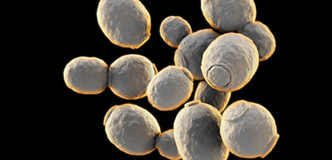
Wine Yeasts
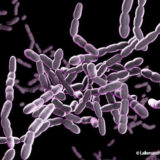
Wine Bacteria
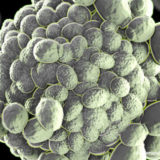
Nutrients / Protectors
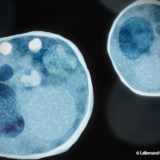
Specific Inactivated Yeasts
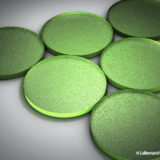
Enzymes
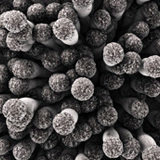
Chitosan
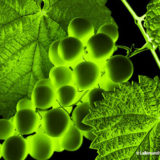
Vineyard Solutions

Selected by the ICV Languedoc, France
Specie
Saccharomyces cerevisiae
Competitive Factor
Active
General Sensory Contribution
Contributes an increase in palate volume for whites and promotes texture and phenolics in red wines. Enhances varietal fruit expression.
Chardonnay
Cabernet Sauvignon
Merlot
Nebbiolo
Sangiovese
Syrah
Tempranillo

White Wine

Rosé Wine

For the fermentation of warm and hot climate grapes, low in acidity. Contributes an intense front to mid-palate tannin structure and higher colour stability
LALVIN ICV D21™ was isolated in 1999 from the Pic Saint Loup Languedoc region during the ICV's Natural Micro-Flora Observatory and Conservatory program and was selected for its ability to ferment wines with high colour stability and palate structure. Unlike most wine yeasts, LALVIN ICV D21™ contributes to higher acidity bringing freshness to wines. LALVIN ICV D21™ releases polyphenol reactive polysaccharides which contribute to a round mid-palate intensity. These attributes tend to reduce the expression of cooked jam in highly mature and concentrated Cabernet Sauvignon, Merlot and Shiraz. It contributes to a stable aromatic profile with significant floral and fruity volatile compounds biosynthesis (β-ionone, ethyl hexanoate). It allows for the expression of fruit from the grapes while reducing the potential for herbaceous characters in Cabernet Sauvignon. Noted as a reliable fermenter, even under high temperature and low nutrient conditions. When blended with wines fermented with ICV D254 and ICV D80, ICV D21 brings fresher, sustained intense fruit and lively sensations beginning in the fore-mouth and carrying through to the aftertaste.Fermentation Speed
Moderate
Glycerol Production
High
Lag Phase
Very short
Nitrogen Needs
Low
Alcohol Tolerance
16 %
SO₂ Production
Moderate
Max. Temperature
30 °C
Min. Temperature
16 °C
H₂S 170ppm
Very low
H₂S 60ppm
Very low
Reaction to O₂ addition
Low
Acetaldehyde Production
Low



